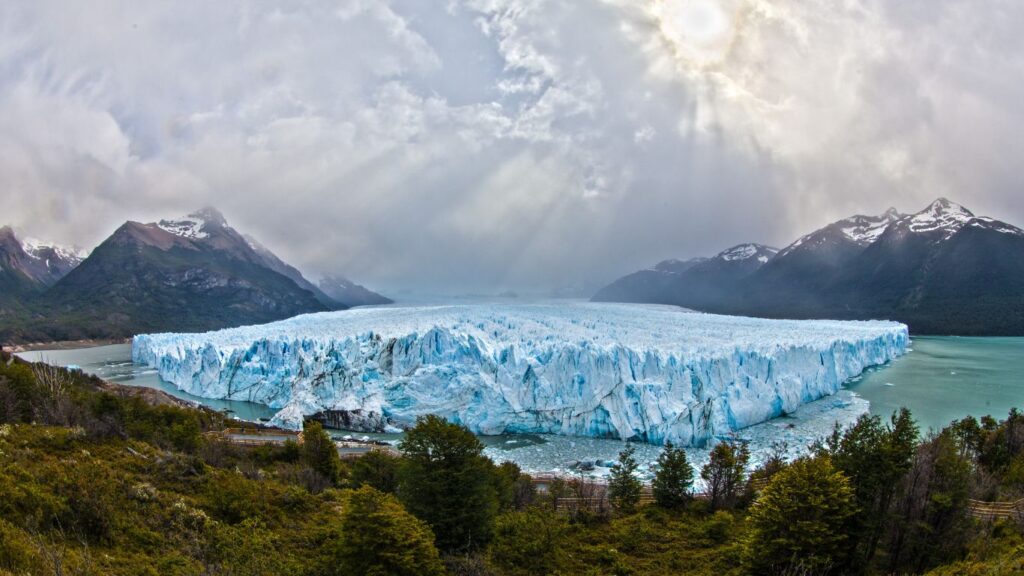In the modern world, few issues are as urgent or complex as climate change. Its effects are far-reaching, impacting ecosystems, economies, and human societies. However, a particularly pressing concern is the nexus between climate change and health, particularly disease patterns. Understanding this linkage is vital for both our well-being and the development of effective strategies to safeguard global health. In this blog, we will explore how the shifts in our environment, primarily due to climate change, influence the emergence, resurgence, and spread of various diseases.
The Intimate Relationship Between Climate and Health
It’s not novel knowledge that our environment affects our health. Clean air, potable water, and balanced ecosystems have always been foundational to human well-being. The World Health Organization estimates that nearly one-quarter of all global deaths are due to environmental factors, including climate. With the ongoing changes in global climate patterns, the environment’s role in dictating health outcomes is becoming increasingly evident.
Climate Change: More Than Just Warming

When we think of climate change, the immediate notion is often of global warming. However, it’s essential to understand that climate change entails not just increasing temperatures, but also:
- Changing Rainfall Patterns: Altered patterns can lead to droughts or floods.
- Rising Sea Levels: This can inundate coastal habitats and alter freshwater sources.
- More Frequent and Severe Extreme Weather Events: Such as hurricanes and heatwaves.
All these changes have direct and indirect effects on health and disease patterns.
Disease Patterns Shift with Climate: The Core Connections
1. Vector-Borne Diseases:
Mosquitoes and Malaria: A warmer climate means mosquitoes can thrive in regions they couldn’t before. This has led to a rise in diseases like malaria in areas previously untouched by this disease.
Ticks and Lyme Disease: Similarly, ticks, which carry Lyme disease, are now found in broader geographical ranges due to suitable environmental conditions.
2. Waterborne Diseases and Contaminated Food Sources:
Cholera and Altered Rainfall Patterns: Floods can contaminate clean water sources, leading to outbreaks of diseases like cholera. On the other hand, droughts can concentrate pollutants, enhancing the disease’s spread.
Algal Blooms and Seafood Contamination: Rising sea temperatures have been linked to increased algal blooms, which produce toxins that can contaminate seafood, leading to diseases when consumed.

3. Respiratory and Allergic Disorders:
Pollen and Asthma: Increased CO2 levels and temperatures can stimulate plants to produce more pollen, exacerbating allergic reactions and asthma.
Air Pollution and Respiratory Diseases: Climate change can exacerbate air pollution problems, leading to respiratory diseases like COPD and even cardiovascular problems.
4. Malnutrition and Related Illnesses:
Crop Failures: Changing climate patterns can result in crop failures, leading to malnutrition and related health concerns, especially in vulnerable regions.
Emerging Concerns: New Diseases and Resurgence

Recent years have seen the emergence of new diseases and the resurgence of those once thought controlled. While not entirely attributed to climate change, the changing environment plays a considerable role.
For instance, the thawing of permafrost in the Arctic could release ancient pathogens. Similarly, increased human-animal interactions due to habitat loss (often climate-related) can lead to the spillover of zoonotic diseases.
A Call to Action: What Can Be Done?
Recognizing the problem is only the first step. Addressing the health impacts of climate change requires comprehensive strategies:
- Surveillance and Monitoring: Enhanced tracking of disease patterns and early-warning systems.
- Public Awareness: Education on the links between climate and health can foster better individual decision-making.
- Infrastructure Development: This includes better water storage and purification systems and urban planning that considers health and climate.
- Research: Investment in understanding emerging threats and developing interventions.
- Policy Integration: Climate policy should be health policy and vice-versa.

In Conclusion
The challenges posed by the intertwining of climate change and health are monumental. However, they also present an opportunity—an opportunity for researchers, policymakers, and communities to come together and chart a future that recognizes the intrinsic connection between our planet’s health and our own. As we grapple with a changing climate, understanding its effects on disease patterns is not just an academic exercise but a vital endeavor for the well-being of all global citizens.
